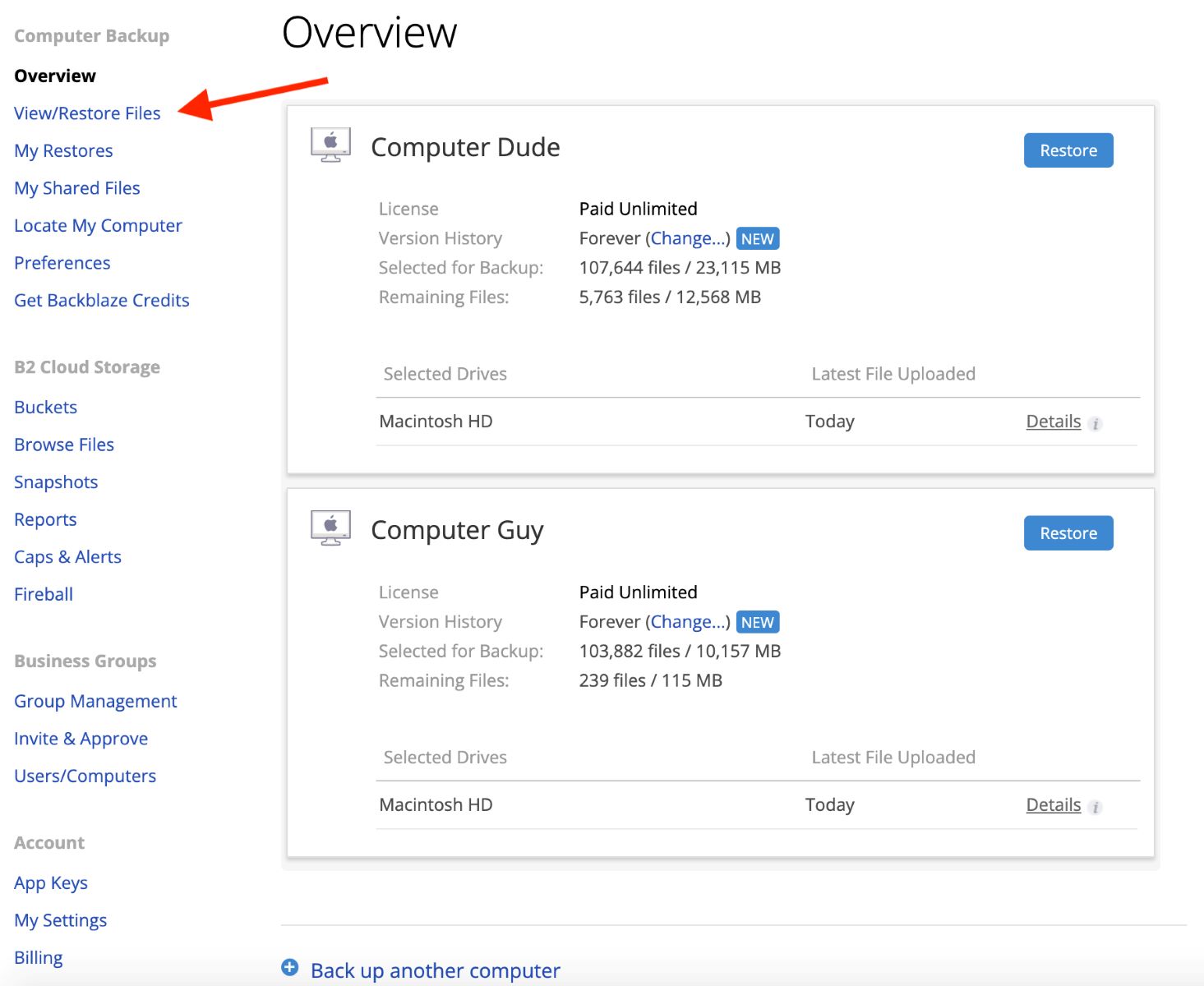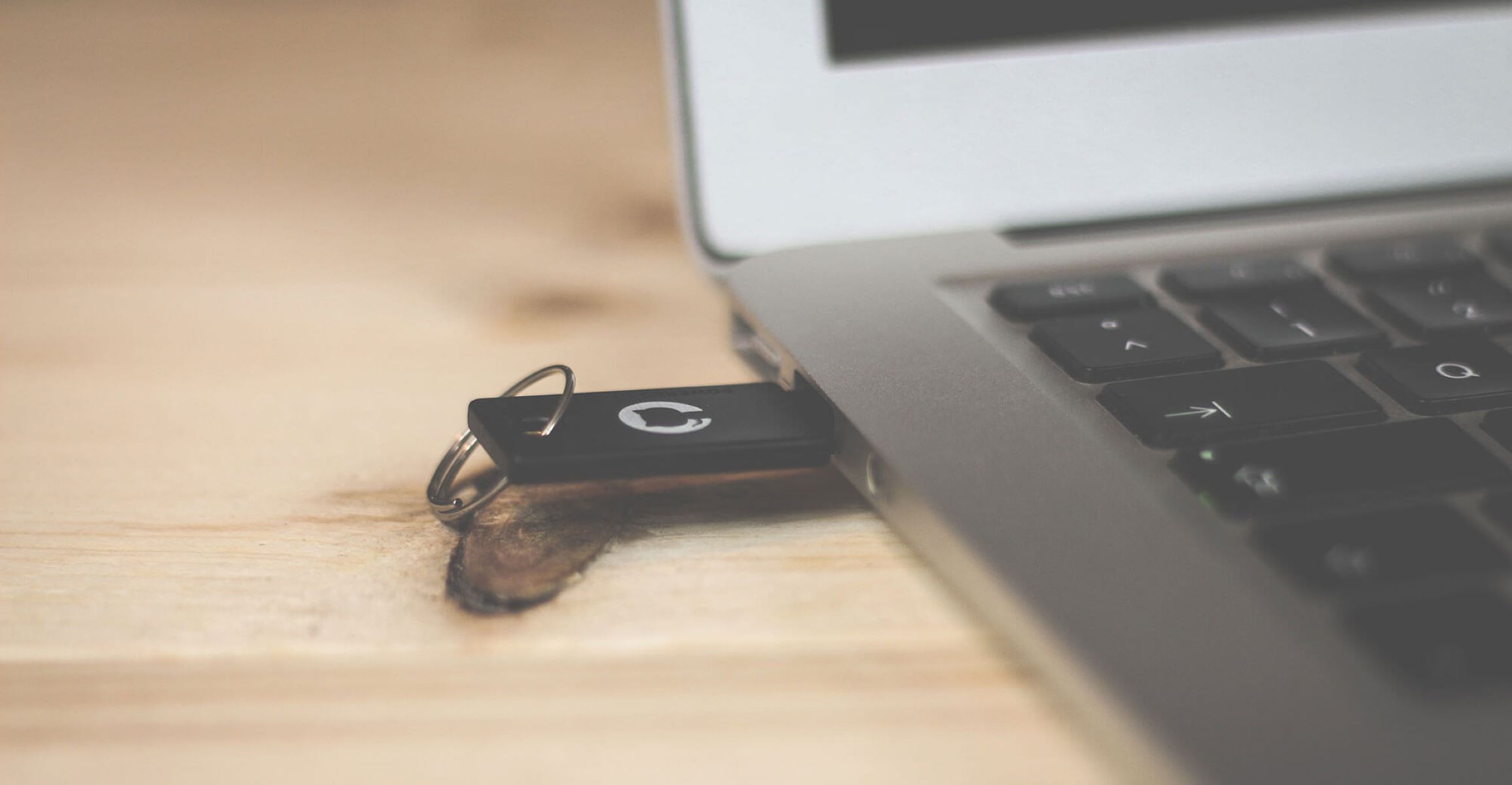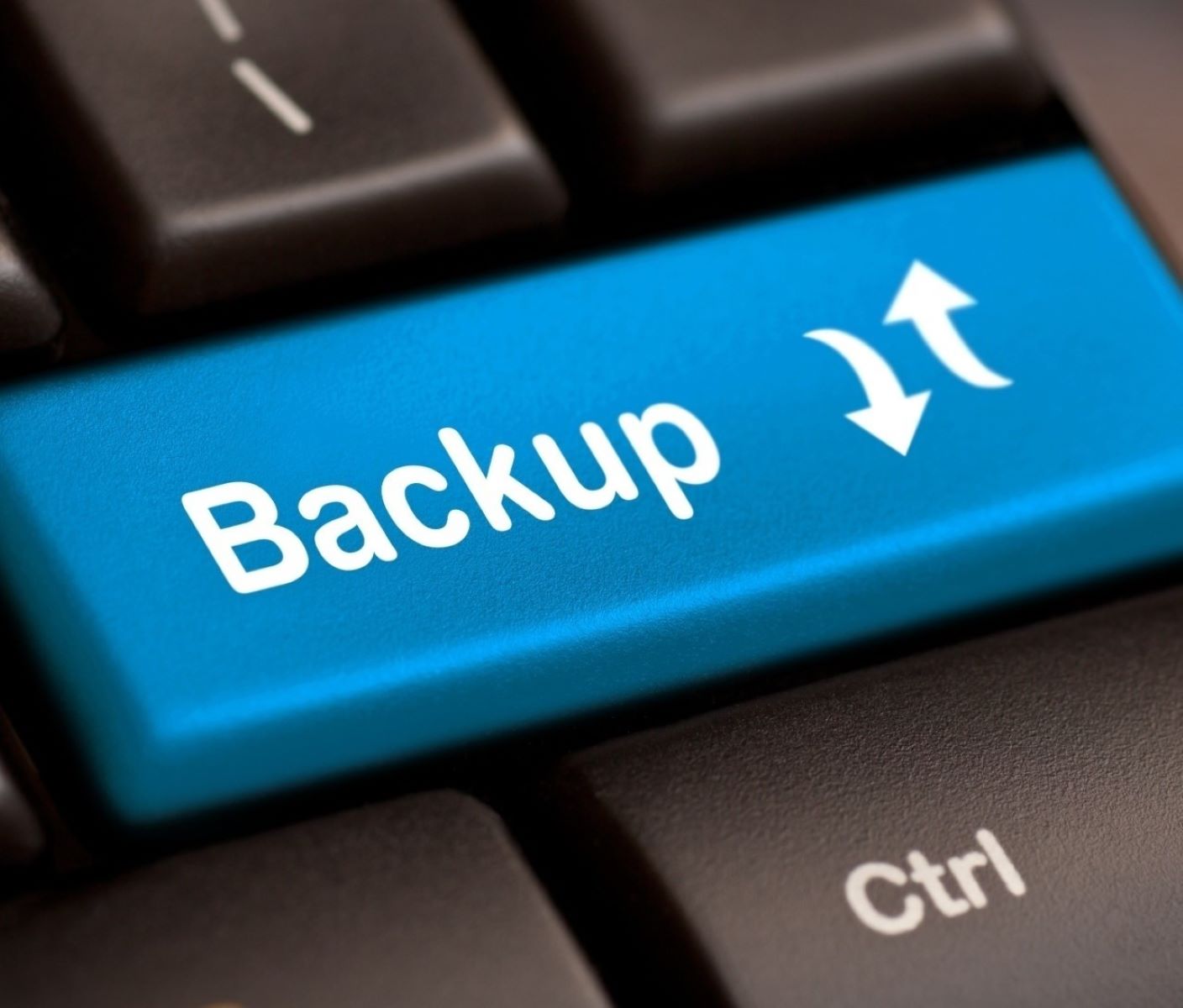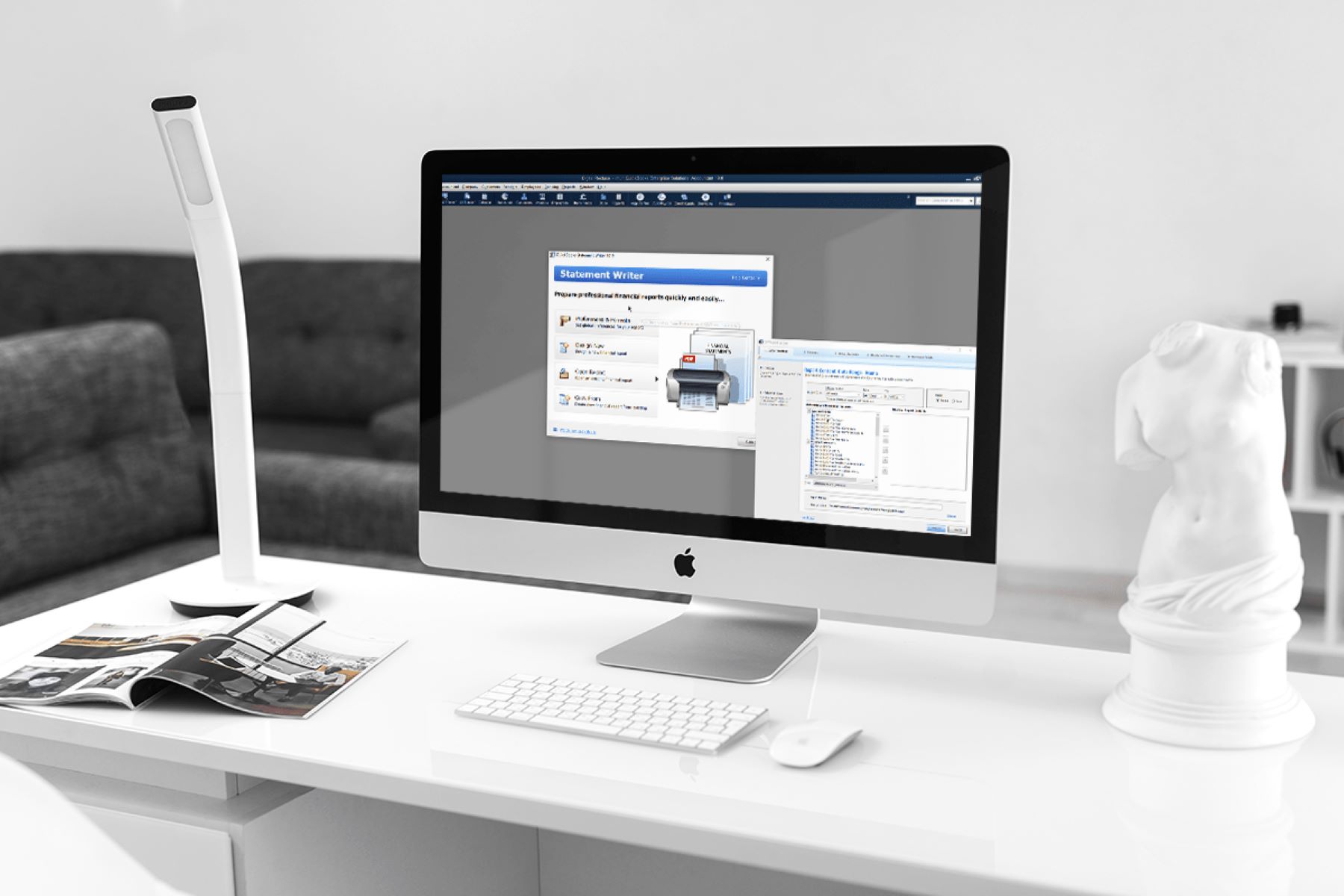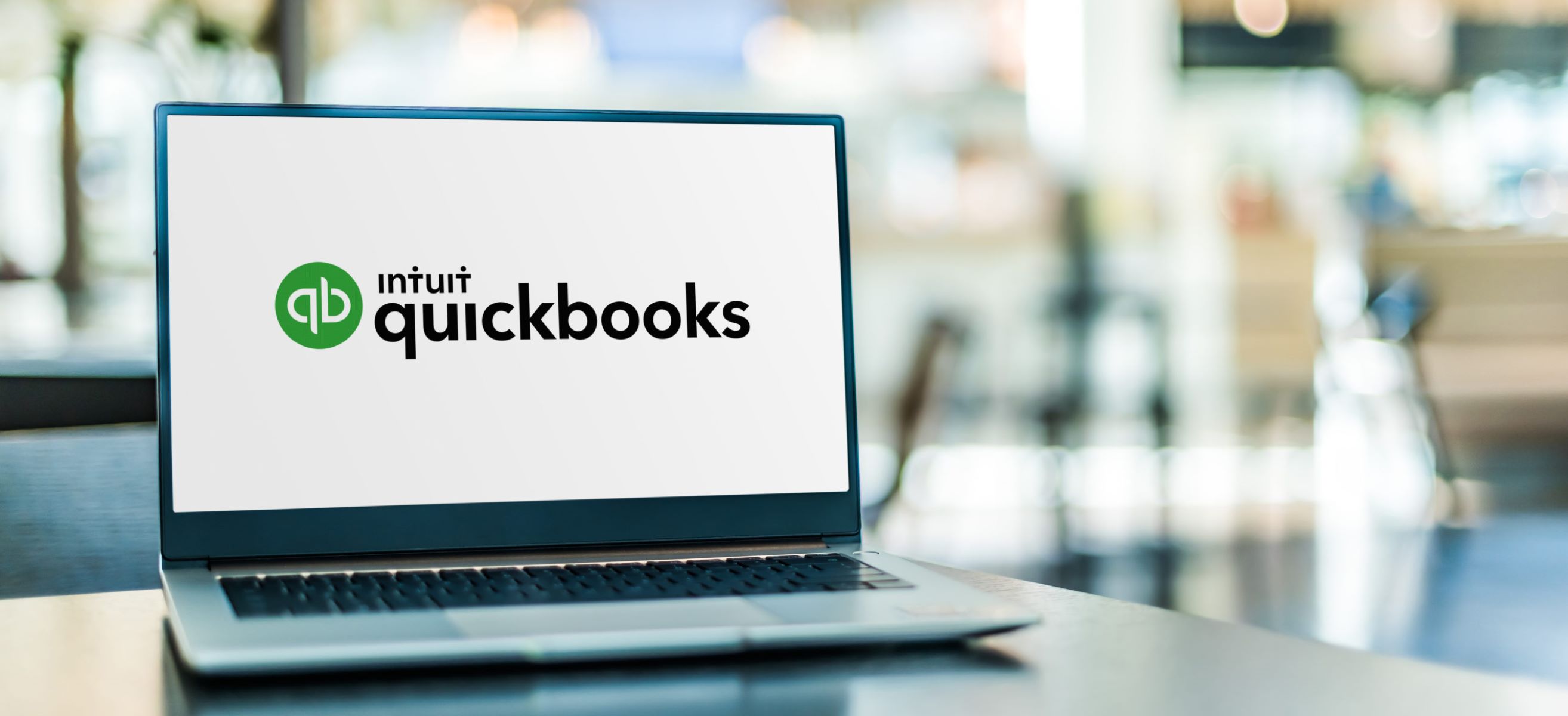Introduction
Transferring your QuickBooks backup file to a new computer can be a crucial step in ensuring the continuity of your financial data and bookkeeping processes. Whether you’re upgrading to a new machine or need to switch to a different computer, restoring your QuickBooks backup file is essential for accessing and working with your company’s financial records.
In this article, we will guide you through the process of restoring your QuickBooks backup file to a new computer. By following these step-by-step instructions, you’ll be able to seamlessly transfer your financial data and resume your bookkeeping activities on your new machine.
Before we dive into the restoration process, it’s important to note that you’ll need access to the QuickBooks backup file from your previous computer. This file should have been created using the “Create Backup” feature within QuickBooks. If you don’t have a backup file, it’s recommended to create one before proceeding with this guide.
Additionally, make sure you have QuickBooks installed on your new computer. If you haven’t already done so, you will need to install the appropriate version of QuickBooks that matches the backup file you have.
Restoring your QuickBooks backup file is a straightforward process, and by following the steps outlined in this article, you can have your financial data up and running on your new computer in no time. Let’s get started!
Step 1: Copy the QuickBooks Backup File to the New Computer
The first step in restoring your QuickBooks backup file to a new computer is to transfer the backup file itself. To do this, you’ll need a means of transferring files between your old and new computers, such as a USB drive, external hard drive, or cloud storage service. Follow these instructions to copy the QuickBooks backup file to the new computer:
- Locate the QuickBooks backup file on your old computer. By default, QuickBooks saves backup files with the extension “.qbb”.
- Connect your chosen method of file transfer, such as a USB drive or external hard drive, to your old computer.
- Open the file transfer tool or navigate to the respective folder on your old computer where the QuickBooks backup file is located.
- Copy the QuickBooks backup file and paste it into the file transfer tool or the designated folder on your external storage device.
- Once the backup file has been successfully copied, safely disconnect the external storage device from your old computer.
- Connect the external storage device to your new computer.
- Navigate to the folder or location on your new computer where you want to store the QuickBooks backup file for restoration.
- Paste the backup file into the desired location on your new computer.
By following these steps, you have successfully copied the QuickBooks backup file from your old computer to your new computer. With the backup file now on your new machine, you’re ready to proceed with the next steps in restoring your QuickBooks data.
Step 2: Install QuickBooks on the New Computer
Once you’ve transferred the QuickBooks backup file to your new computer, the next step is to install QuickBooks software on the new machine. Follow these instructions to install QuickBooks on your new computer:
- Ensure that you have a valid license of QuickBooks software that matches the version of the backup file you are restoring. If necessary, download the appropriate version from the official QuickBooks website.
- Connect to the internet and visit the QuickBooks website to download the installation file.
- Run the QuickBooks installation file that you downloaded.
- Follow the on-screen prompts to complete the installation process. Make sure to carefully read and accept the license agreement.
- When prompted, choose the installation type that matches your needs. If you’re unsure, select the option for a typical installation.
- Once the installation is complete, launch QuickBooks to ensure that it is working properly on your new computer.
- At this point, QuickBooks is installed and ready to start the restoration process.
Installing QuickBooks on your new computer is an essential step to ensure that you have the necessary software to restore and access your QuickBooks backup file. Now that QuickBooks is installed, you can move on to the next step and begin the process of restoring your QuickBooks data.
Step 3: Open QuickBooks and Select “Restore a Backup Copy”
With QuickBooks successfully installed on your new computer, it’s time to open the software and begin the restoration process. Follow these steps to open QuickBooks and select the option to restore a backup copy:
- Locate the QuickBooks icon on your computer and double-click to open the software.
- Once QuickBooks is open, go to the “File” menu at the top of the screen.
- In the drop-down menu, select the option for “Open or Restore Company”.
- A new window will appear with several options. Choose the option for “Restore a Backup Copy” and click “Next”.
- QuickBooks will then prompt you to select the location of the backup file. Browse to the location where you pasted the QuickBooks backup file on your new computer.
- Once you’ve located the backup file, select it and click “Open”.
- In the next window, QuickBooks will ask you to select the location where you want to restore the backup file. You can choose to keep the default location or select a different location by browsing to the desired folder on your new computer.
- After selecting the location, click “Save” to proceed with the restoration process.
By following these steps, you’ve successfully opened QuickBooks on your new computer and selected the option to restore a backup copy. The next step is to locate and select the specific QuickBooks backup file that you want to restore. Let’s move on to the next step to continue the restoration process.
Step 4: Locate and Select the Backup File
Now that you have reached the stage of selecting the QuickBooks backup file for restoration, follow these steps to locate and select the backup file:
- In the “Restore a Backup Copy” window, QuickBooks will display a list of available backup files. Browse through the list to find the specific backup file you want to restore.
- If you don’t see the backup file in the list, click the “Look in:” drop-down menu to navigate to the folder or location where the backup file is stored on your new computer.
- Once you’ve located the backup file, select it by clicking on it and then click “Open”.
- QuickBooks will now verify the selected backup file.
- If QuickBooks detects any issues with the backup file, it will display a message with instructions on how to resolve the problem. Follow the instructions provided to address any issues.
- If QuickBooks verifies the backup file successfully, click “Next” to continue.
By following these steps, you’ve successfully located and selected the QuickBooks backup file for restoration. QuickBooks will now proceed to the next step in the restoration process, where you’ll choose the location for the restored file. Let’s move on to the next step to continue the restoration process.
Step 5: Choose the Location for the Restored File
After selecting the QuickBooks backup file for restoration, the next step is to choose the location where you want to restore the file on your new computer. Follow these steps to determine the location:
- In the “Restore a Backup Copy” window, QuickBooks will display the default location for the restored file. This default location is typically a folder within the QuickBooks program files directory.
- If you prefer to restore the file to a different location, click the “Save in:” drop-down menu to browse and choose the desired folder or location on your new computer.
- Once you’ve selected the location for the restored file, click “Save” to proceed.
It’s important to choose a location that is easily accessible and well-organized for your bookkeeping needs. Consider creating a dedicated folder or directory specifically for your QuickBooks files to ensure easy management and future access.
By following these steps, you’ve successfully chosen the location for restoring the QuickBooks file on your new computer. The next step is to confirm the restoration process and initiate the file restoration. Let’s move on to the next step to continue the restoration process.
Step 6: Confirm the Restoration Process
Before proceeding with the restoration of your QuickBooks backup file, QuickBooks will prompt you to confirm the process and provide additional details. Follow these steps to confirm the restoration process:
- In the “Restore a Backup Copy” window, QuickBooks will display a summary of the selected backup file and the location where it will be restored.
- Review the summary to ensure that the correct backup file and destination location are displayed.
- If everything looks accurate, click “Restore” to initiate the file restoration process.
- QuickBooks will begin restoring the backup file to the specified location on your new computer. The time taken for the restoration process may vary depending on the size of the backup file and the performance of your computer.
- During the restoration process, QuickBooks may display a progress bar or status indicator to keep you informed of the progress.
- Once the restoration process is complete, QuickBooks will display a message confirming the successful restoration of the backup file.
It is important to ensure that you have selected the correct backup file and destination location before confirming the restoration process. Double-checking these details will help avoid any unintentional errors or data loss.
By following these steps, you have successfully confirmed the restoration process in QuickBooks. The next step is to verify the restored QuickBooks file on your new computer. Let’s move on to the next step to complete the restoration process.
Step 7: Verify the Restored QuickBooks File on the New Computer
After the restoration process is complete, it’s important to verify that the restored QuickBooks file is functioning correctly on your new computer. Follow these steps to ensure the successful restoration and functionality of your QuickBooks file:
- Close the “Restore a Backup Copy” window in QuickBooks.
- From the QuickBooks main menu, select the “Open or Restore Company” option.
- Choose the option to “Open a Company File” and click “Next”.
- Browse to the location where you restored the QuickBooks file on your new computer.
- Select the restored file and click “Open” to open it in QuickBooks.
- Verify that all your company data, transactions, and settings have been successfully restored and are accessible in QuickBooks.
- Check that your financial reports, including balance sheets, income statements, and general ledgers, reflect the accurate and up-to-date information.
- Ensure that you can perform various tasks and functions within QuickBooks, such as creating invoices, recording payments, and reconciling bank accounts.
- If everything looks and functions as expected, congratulations! You have successfully restored your QuickBooks file to the new computer.
If you encounter any issues or anomalies during the verification process, it is recommended to consult the QuickBooks support resources or reach out to their technical support for assistance in resolving the problems.
By following these steps and verifying the restored QuickBooks file on your new computer, you can ensure the accuracy and integrity of your financial data. You can now confidently continue your bookkeeping activities with QuickBooks on your new machine.
Conclusion
Transferring and restoring your QuickBooks backup file to a new computer is a critical process to ensure the continuity of your bookkeeping activities and financial data. By following the step-by-step instructions outlined in this guide, you can seamlessly migrate your QuickBooks file to a new machine and resume your bookkeeping operations without any interruptions.
We began by copying the QuickBooks backup file from the old computer to the new computer, ensuring that the file is readily accessible for the restoration process. Next, we installed QuickBooks on the new computer, ensuring that the software is compatible with the version of the backup file.
We then opened QuickBooks and selected the option to restore a backup copy, allowing us to locate and select the desired backup file from the new computer. After choosing the backup file, we determined the location where the restored file will be saved on the new machine.
By confirming the restoration process, we initiated the actual restoration of the QuickBooks file and monitored the progress until it was successfully completed. Finally, we verified the restored QuickBooks file on the new computer, ensuring that all data, transactions, and functions are accurately available for use.
By following these steps and verifying the restoration process, you can confidently continue using QuickBooks on your new computer, knowing that your financial data is intact and accessible. Should you encounter any issues or require further assistance, QuickBooks support and resources are available to provide guidance and resolution.
We hope that this guide has been helpful in guiding you through the process of restoring your QuickBooks backup file to a new computer. With your QuickBooks file successfully transferred and restored, you can now carry on with your bookkeeping tasks and efficiently manage your financial records on your new machine.







